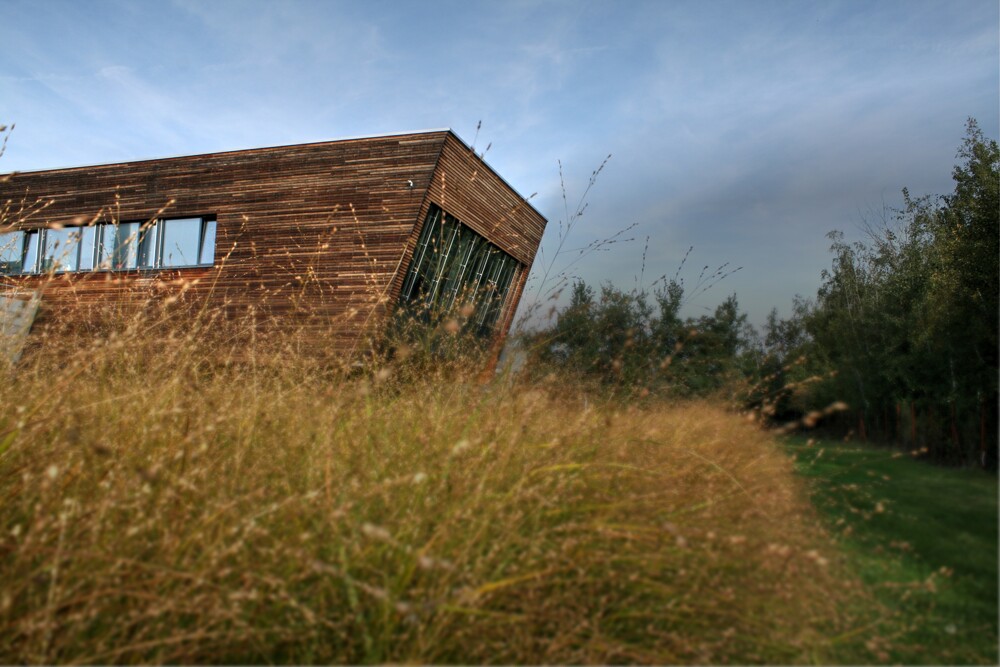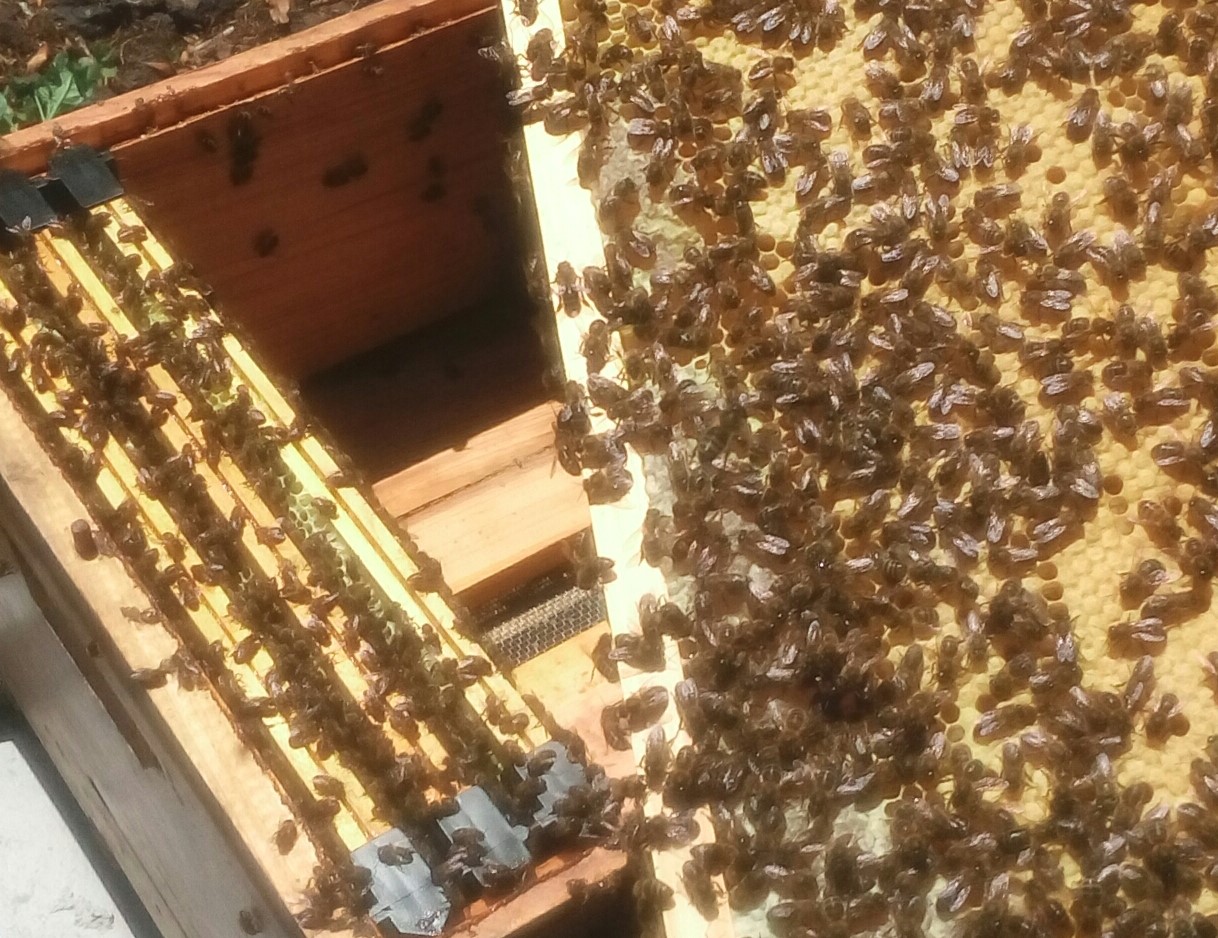

UCEEB, in collaboration with the Czech Institute of Apiculture in Liberec, will test the possibility of using biodegradable
nanofibres in the treatment of bee colony diseases. Nanofibre carriers are a modern tool used, for example, in medicine for
controlled and gradual dosing and the consequential reduction in bioactive substance used. The aim of the new project, which
focuses on the growing risk of bee mortality, is to provide this technology to beekeepers to combat the various diseases of
bee colonies.
In the UCEEB laboratories, we are preparing a functionalised nanofibre substrate as carrier for a fluorescent preparation
that is applied to the entrance of the hive and subsequently distributed by the bees themselves to the rest of the colony
in the hive. Thanks to the fluorescent preparation, the beekeeping institute will be able to easily assess whether a uniform
distribution of the polymer throughout the hive has been achieved. In such a case, maximum efficiency could be achieved when
using a therapeutic substance which would be applied to the nanofibres instead of the fluorescent test substance. We will
also determine whether the presence of the nanofibre carrier causes any undesirable effects in the hive, such as increased
bee mortality, etc.
Compared to current treatment methods, these carriers are gentle on the bees as non-target organisms, and thanks to the controlled
dosage, the risk of Varroa mite resistance, which has been a serious problem in recent years leading to the ineffectiveness
of existing acaricides, is also reduced.
The aim of the project is to develop a new product with a more precise and targeted dosage of effective bioactive substances
into bee colonies. Compared to current solutions, such a product will reduce the total amount of substances applied, reduce
the risk of resistance, and increase the effectiveness of the drugs.
This pilot experiment opens up far-reaching possibilities for the treatment of bee colonies. A subsequent review of the results
and optimisation of further research is of course necessary. However, should our research be confirmed, we expect to generate
significant interest in the developed solution amongst beekeepers.